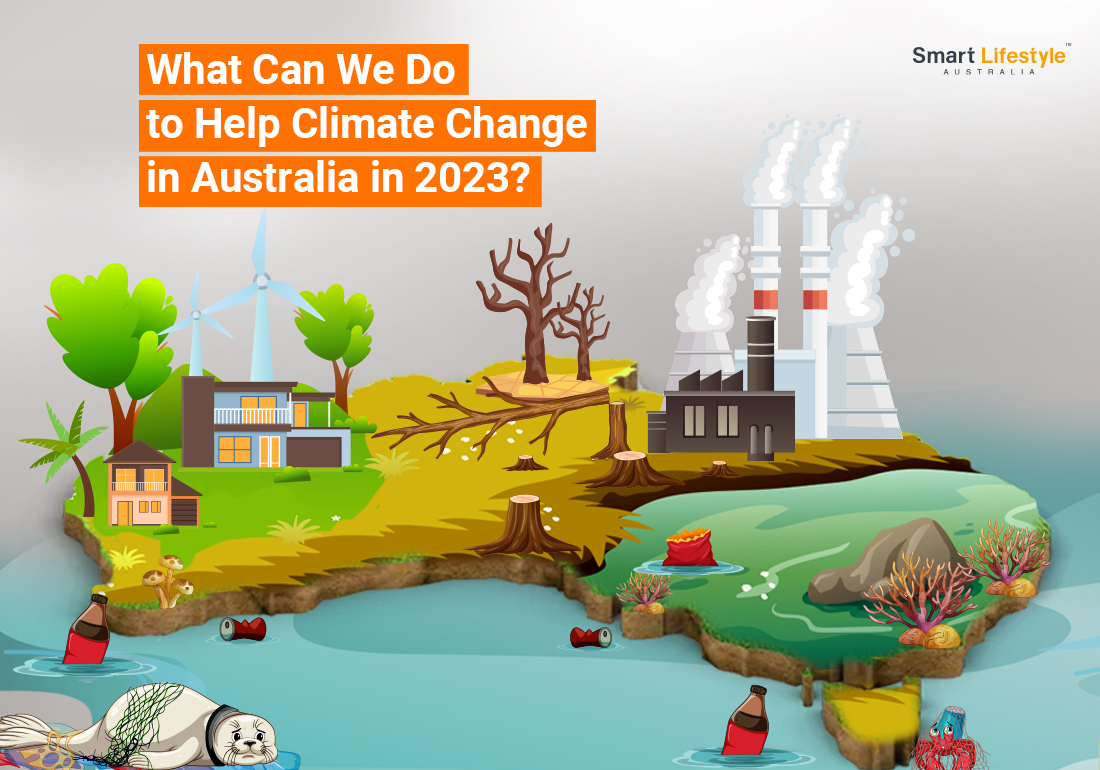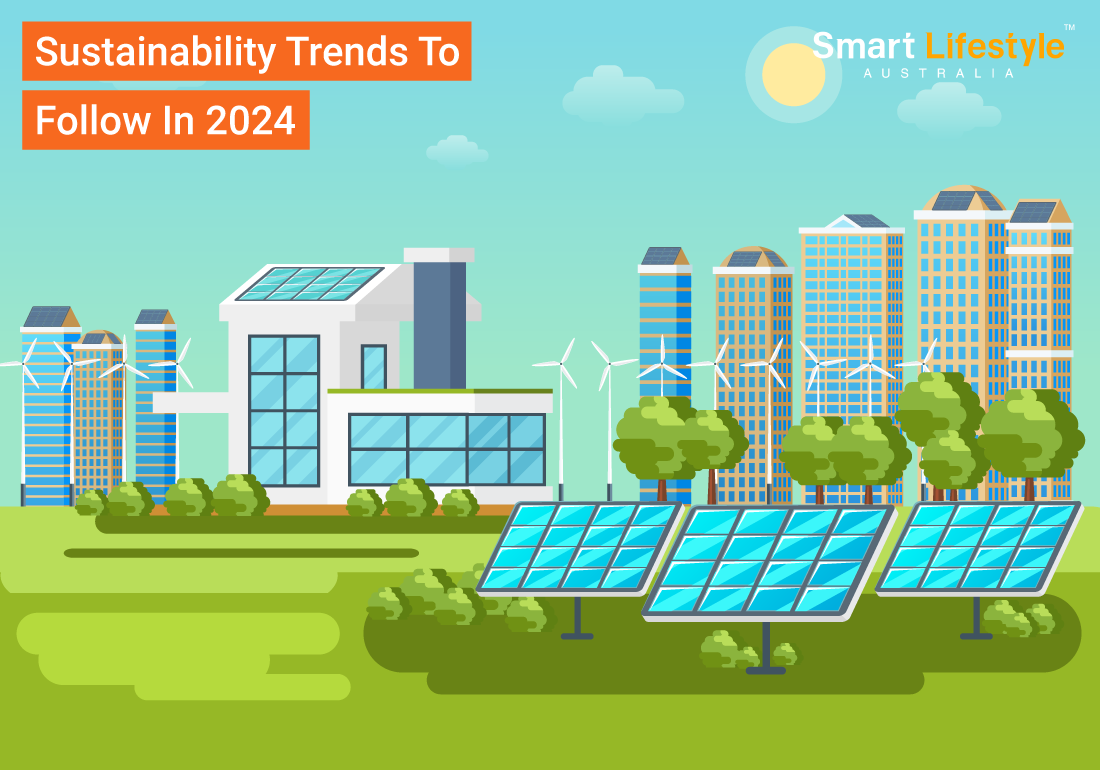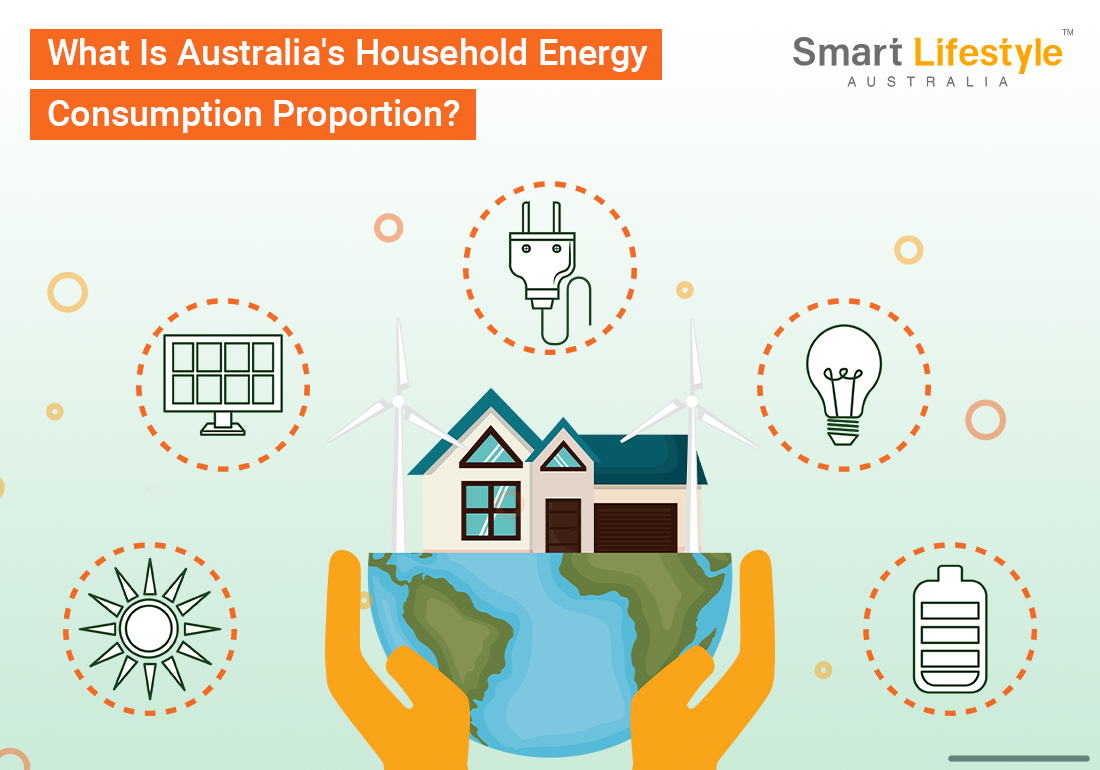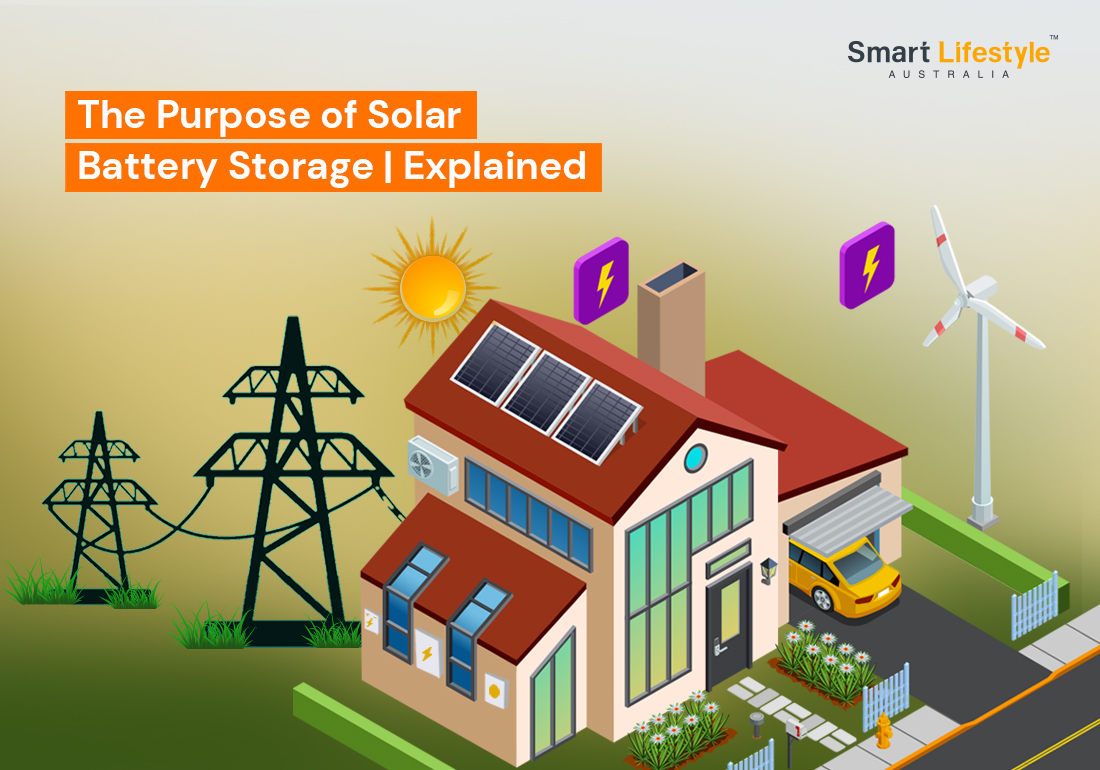In the vast expanse of the Land Down Under, a newfound
determination surges through the nation. In 2023, Australia stands poised to
lead the charge against climate change. From urban landscapes to remote
bushlands, a green wave is cresting, reshaping the way we coexist with our
planet.
Join us as we unveil the strategies, innovations, and
impassioned individuals driving this transformative movement. From renewable
energy breakthroughs to community-driven conservation efforts, every action
reverberates in this collective symphony for the Earth’s rejuvenation.
Australia invites you to be a part of this remarkable
journey, where every choice, no matter how small, is a step toward a more sustainable
tomorrow. Together, let’s script a future where harmony with nature defines our
legacy.
1. Transition to Renewable Energy Sources
Australia is rich in renewable energy resources, including solar, wind, and geothermal. Transitioning to these sources for electricity generation can significantly reduce our reliance on fossil fuels, which are a major contributor to greenhouse gas emissions.
As part of this transition, there has been a substantial increase in the installation of solar photovoltaic (PV) systems and wind farms across the nation. These technologies harness the natural elements to generate electricity, providing a sustainable and low-emission alternative to traditional coal-fired power plants.
Additionally, advancements in energy storage technologies, such as grid-scale batteries, are helping to address the intermittency of renewable energy sources, ensuring a reliable and stable energy supply. Government incentives, like feed-in tariffs and renewable energy targets, have played a crucial role in promoting the adoption of renewable energy technologies.
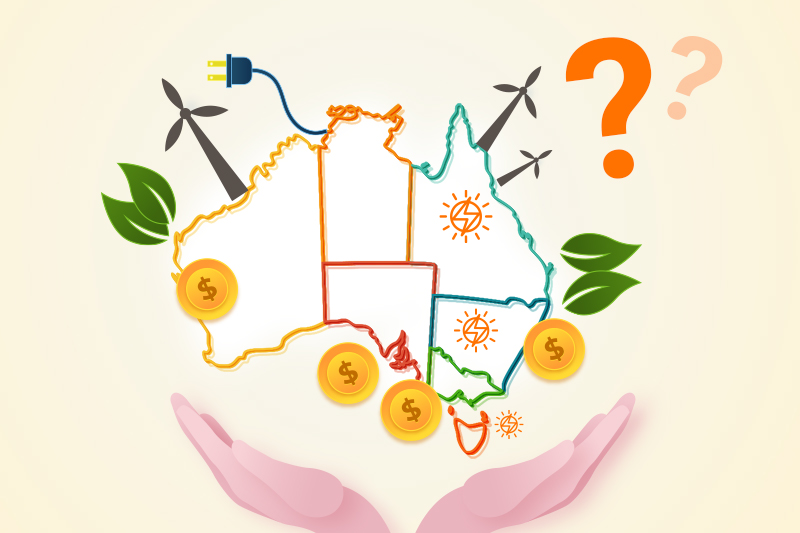
How Renewable Energy Helps -
Reduction in Carbon Emissions: Transitioning to renewables significantly reduces greenhouse gas emissions, which is crucial in mitigating climate change. Renewable sources like solar, wind, and hydro produce little to no carbon dioxide compared to fossil fuels.
Global Energy Security: Unlike finite fossil fuels, renewable resources are abundant and widely available, ensuring long-term energy security. This reduces dependence on geopolitically unstable regions for energy supply.
Job Creation and Economic Growth: The renewable energy sector has proven to be a major driver of job creation. In Australia alone, thousands of jobs have been created in areas like solar panel installation, wind farm maintenance, and advanced manufacturing.
Technological Advancements: Investing in renewable energy fosters innovation and technological advancements. This not only enhances the efficiency of renewable technologies but also drives down costs, making them more accessible to a wider population.
Moreover, investing in renewable energy projects has proven to be a formidable economic driver. The renewable energy sector has been responsible for a substantial increase in job creation worldwide, outpacing the job opportunities provided by the fossil fuel industry. In Australia, this trend is vividly evident, with the renewable energy sector employing over 25,000 individuals in 2020, a figure that continues to rise.
One of the standout success stories in Australia is its solar energy potential. With an average of over 2,500 hours of sunlight per year, the continent is primed to be a global leader in solar power production. In fact, Australia boasts one of the highest solar radiation levels in the world. The adoption of solar technologies has not only reduced carbon emissions but has also proven to be financially advantageous for homeowners and businesses alike.
2. Energy Efficiency at Home
Making our homes more energy-efficient not only reduces our carbon footprint but also saves money in the long run. Install energy-efficient appliances, improve insulation, seal drafts, and consider using LED lighting. Additionally, consider installing solar panels to generate your own clean energy.
3. Reduce, Reuse, Recycle
Waste management plays a crucial role in reducing greenhouse gas emissions. Practice the three Rs diligently: Reduce your waste by being mindful of your consumption, Reuse items whenever possible, and Recycle materials to keep them out of landfills.
4. Promote Sustainable Transportation
Opt for public transport, carpool, bike, or walk whenever possible. If you’re in the market for a new vehicle, consider purchasing a hybrid or electric car. Additionally, support and advocate for improved public transportation options and infrastructure.

5. Advocate for Climate-Friendly Policies
Support and vote for policies and politicians that prioritize climate action. Encourage the implementation of regulations and incentives that promote sustainable practices in industry, agriculture, and transportation.
6. Support Local and Sustainable Agriculture
Choose locally grown produce, as it reduces the carbon footprint associated with transportation. Additionally, support farmers who employ sustainable agricultural practices that prioritize soil health and minimize chemical use.
7. Raise Awareness and Educate Others
Raising awareness and educating others about climate change is a pivotal component of Australia’s strategy to combat this global challenge. It involves disseminating accurate and accessible information to the public, highlighting the urgency of the issue, and fostering a sense of collective responsibility. Various platforms, including schools, community groups, social media, and public events, are utilized to engage individuals from all walks of life.
Educational initiatives not only inform people about the impacts of climate change but also empower them with the knowledge and tools to take meaningful action. This includes understanding the importance of sustainable practices, advocating for policy changes, and supporting renewable energy solutions.
8. Engage in Carbon Offsetting
Consider supporting carbon offset programs that fund projects aimed at reducing or capturing greenhouse gas emissions. This can be done through investments in reforestation, renewable energy, or other carbon reduction initiatives.
9. Participate in Community Initiatives
Get involved in local environmental groups, community gardens, or conservation efforts. Collaborative efforts often have a more substantial impact, and they provide opportunities to learn from and support like-minded individuals.

Safeguard Mechanism Australia
Since July 1, 2016, the Safeguard Mechanism has been operational. It mandates that Australia’s most emissions-intensive facilities must maintain their emissions below a designated limit, known as the baseline. Should a facility subject to the Safeguard Mechanism surpass this baseline, they are obligated to address the excess emissions. Failure to adhere to the Safeguard Mechanism may result in potential monetary penalties.
Here are some key points about the Safeguard Mechanism in Australia:
- Scope and Coverage: The Safeguard Mechanism applies to facilities with direct emissions of 100,000 metric tons of carbon dioxide equivalent (CO2-e) or more per year. This includes a range of sectors such as energy, manufacturing, mining, and other industrial processes.
- Baselines: Each covered facility is assigned a baseline, which is a limit on the amount of emissions it can produce per unit of product or output. The baseline is typically calculated using historical emissions data.
- Emission Intensity Benchmarks: In some cases, facilities may have baselines set based on an industry-specific benchmark for emissions intensity. This benchmark is designed to encourage more efficient production processes.
- Compliance and Reporting: Facilities are required to monitor and report their emissions annually. If a facility’s emissions exceed its baseline, it may be subject to penalties or required to purchase offsets or carbon credits.
- Offsets and Carbon Credits: Under the Safeguard Mechanism, facilities that exceed their baseline can offset their excess emissions by purchasing Australian Carbon Credit Units (ACCUs) from projects that have reduced or removed emissions elsewhere.
- Flexibility and Innovation: The Safeguard Mechanism allows for flexibility and innovation in how facilities manage their emissions. This can include implementing cleaner technologies, improving energy efficiency, and exploring opportunities for emissions reduction projects.
- Review and Improvement: The effectiveness of the Safeguard Mechanism is periodically reviewed, and adjustments may be made to improve its efficiency and effectiveness in achieving emissions reduction goals.
Australias Climate Change Strategy – What Steps Are We Taking?
The government emphasized a technology-driven approach, focusing on innovation and development in clean energy technologies like hydrogen, carbon capture, and renewable energy sources. The Emissions Reduction Fund played a pivotal role by providing financial incentives for emission-reducing projects across various sectors. The country also sought to transition towards a greater reliance on renewable energy, with initiatives like the Renewable Energy Target, aimed at achieving 33,000 gigawatt-hours of renewable electricity by 2020.
In recognition of the need for adaptation, Australia worked on enhancing resilience in key sectors, including agriculture, water management, and coastal planning. Additionally, while the Carbon Pricing Mechanism was repealed in 2014, the government explored alternative market-based mechanisms to incentivize emissions reduction. Through international climate finance efforts, Australia contributed to global initiatives, supporting mitigation and adaptation projects in developing nations.
